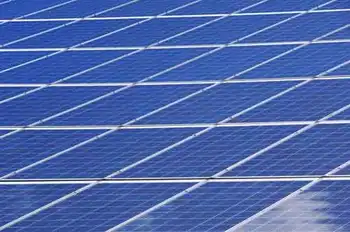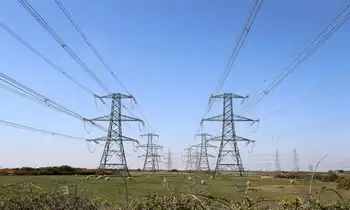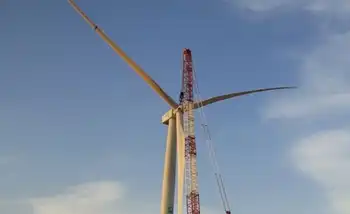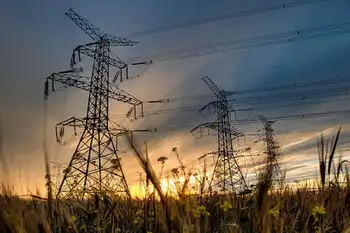Data Show Clean Power Increasing, Fossil Fuel Decreasing in California

NFPA 70e Training - Arc Flash
Our customized live online or in‑person group training can be delivered to your staff at your location.

- Live Online
- 6 hours Instructor-led
- Group Training Available
California clean electricity accelerates with renewables as solar and wind surge, battery storage strengthens grid resilience, natural gas declines, and coal fades, advancing SB 100 targets, carbon neutrality goals, and affordable, reliable power statewide.
Key Points
California clean electricity is the state's transition to renewable, zero-carbon power, scaling solar, wind and storage.
✅ Solar generation up nearly 20x since 2012
✅ Natural gas power down 20%; coal nearly phased out
✅ Battery storage shifts daytime surplus to evening demand
Data from the California Energy Commission (CEC) highlight California’s continued progress toward building a more resilient grid, achieving 100 percent clean electricity and meeting the state’s carbon neutrality goals.
Analysis of the state’s Total System Electric Generation report shows how California’s power mix has changed over the last decade. Since 2012:
Solar generation increased nearly twentyfold from 2,609 gigawatt-hours (GWh) to 48,950 GWh.
- Wind generation grew by 63 percent.
- Natural gas generation decreased 20 percent.
- Coal has been nearly phased-out of the power mix, and renewable electricity surpassed coal nationally in 2022 as well.
In addition to total utility generation, rooftop solar increased by 10 times generating 24,309 GWh of clean power in 2022. The state’s expanding fleet of battery storage resources also help support the grid by charging during the day using excess renewable power for use in the evening.
“This latest report card showing how solar energy boomed as natural gas powered electricity experienced a steady 20 percent decline over the last decade is encouraging,” said CEC Vice Chair Siva Gunda. “Even as climate impacts become increasingly severe, California remains committed to transitioning away from polluting fossil fuels and delivering on the promise to build a future power grid that is clean, reliable and affordable.”
Senate Bill 100 (2018) requires 100 percent of California’s electric retail sales be supplied by renewable and zero-carbon energy sources by 2045. To keep the state on track, last year Governor Gavin Newsom signed SB 1020, establishing interim targets of 90 percent clean electricity by 2035 and 95 percent by 2040.
The state monitors progress through the Renewables Portfolio Standard (RPS), which tracks the power mix of retail sales, and regional peers such as Nevada's RPS progress offer useful comparison. The latest data show that in 2021 more than 37 percent of the state’s electricity came from RPS-eligible sources such as solar and wind, an increase of 2.7 percent compared to 2020. When combined with other sources of zero-carbon energy such as large hydroelectric generation and nuclear, nearly 59 percent of the state’s retail electricity sales came from nonfossil fuel sources.
The total system electric generation report is based on electric generation from all in-state power plants rated 1 megawatt (MW) or larger and imported utility-scale power generation. It reflects the percentage of a specific resource compared to all power generation, not just retail sales. The total system electric generation report accounts for energy used for water conveyance and pumping, transmission and distribution losses and other uses not captured under RPS.











